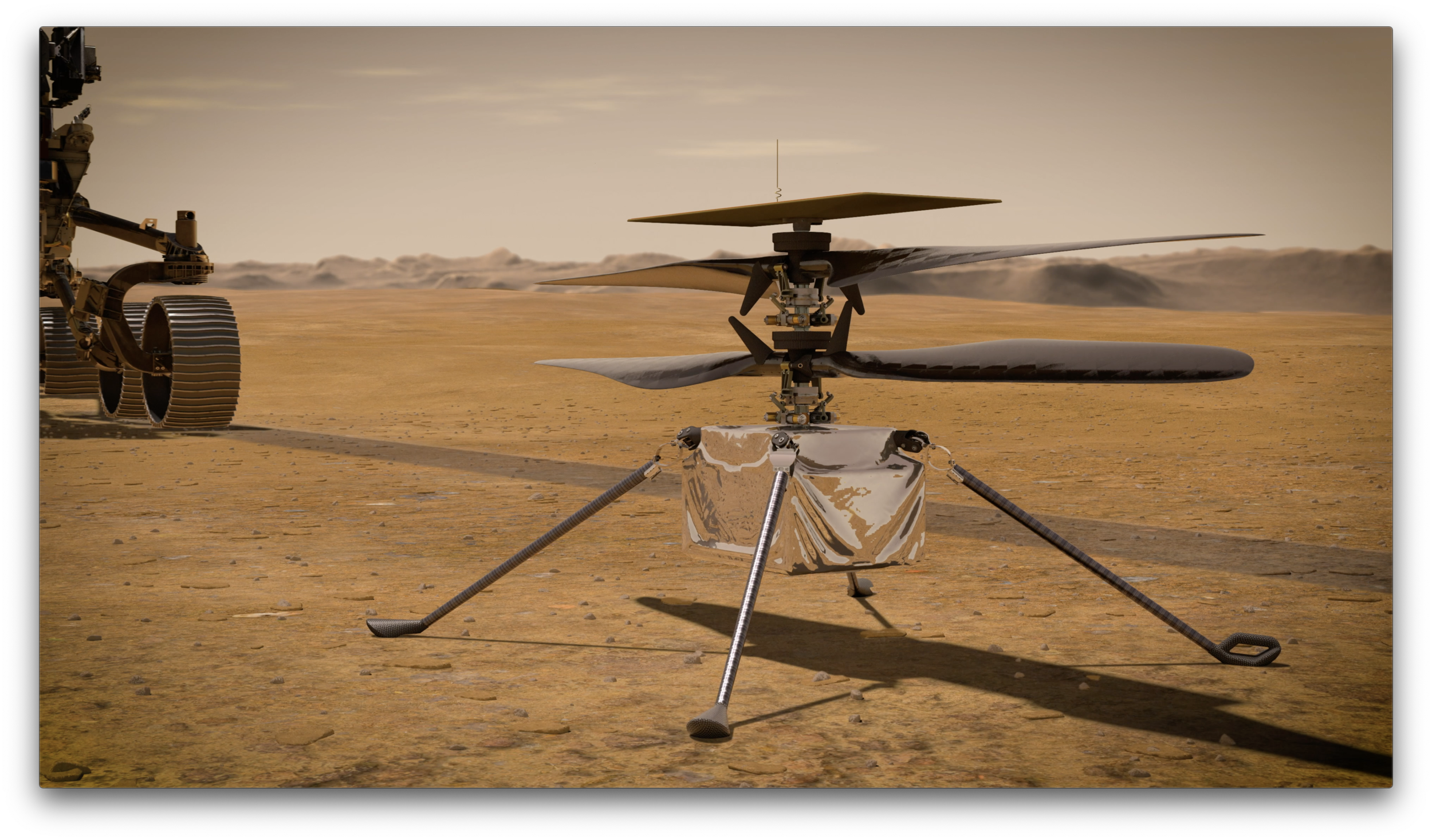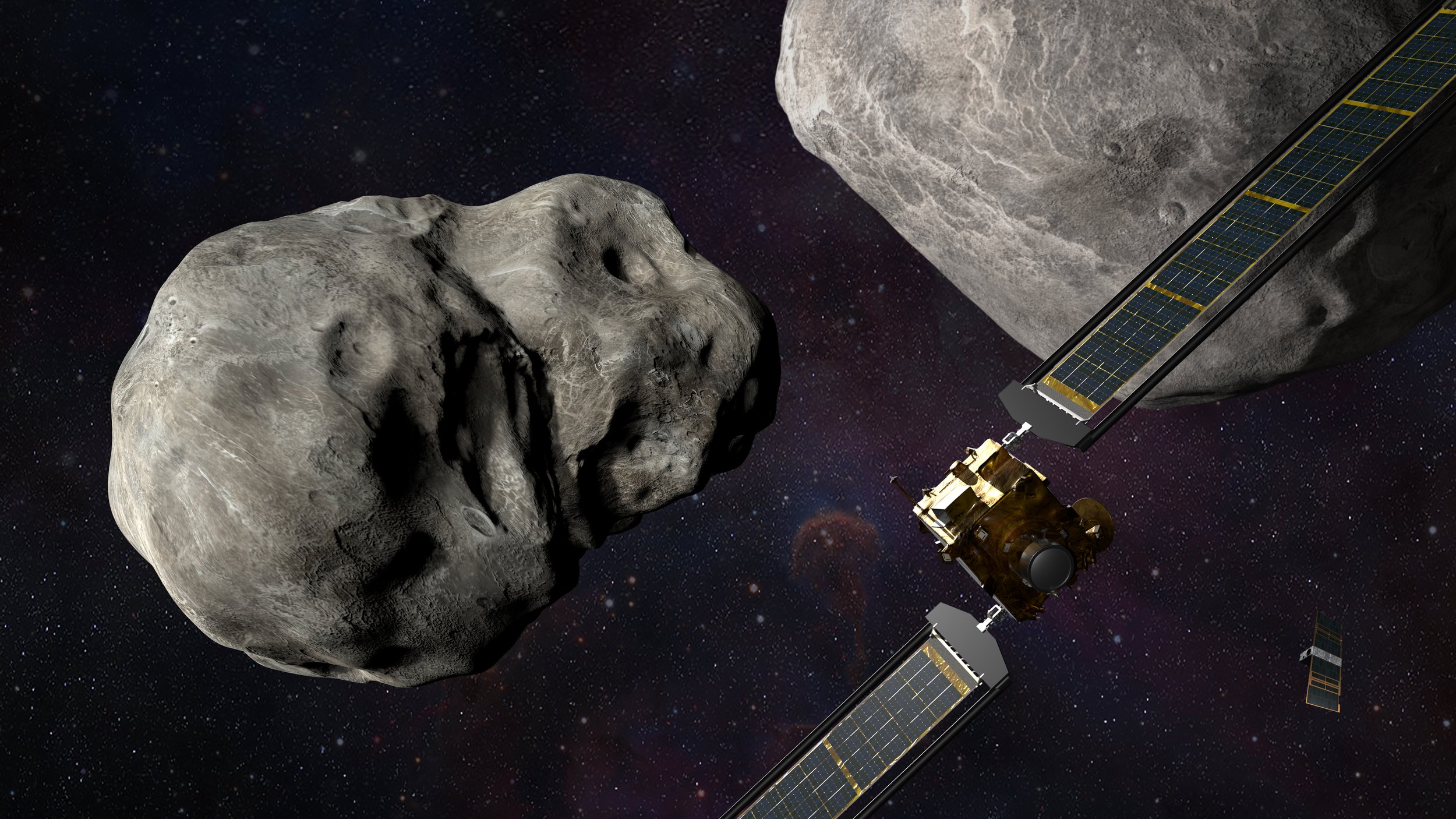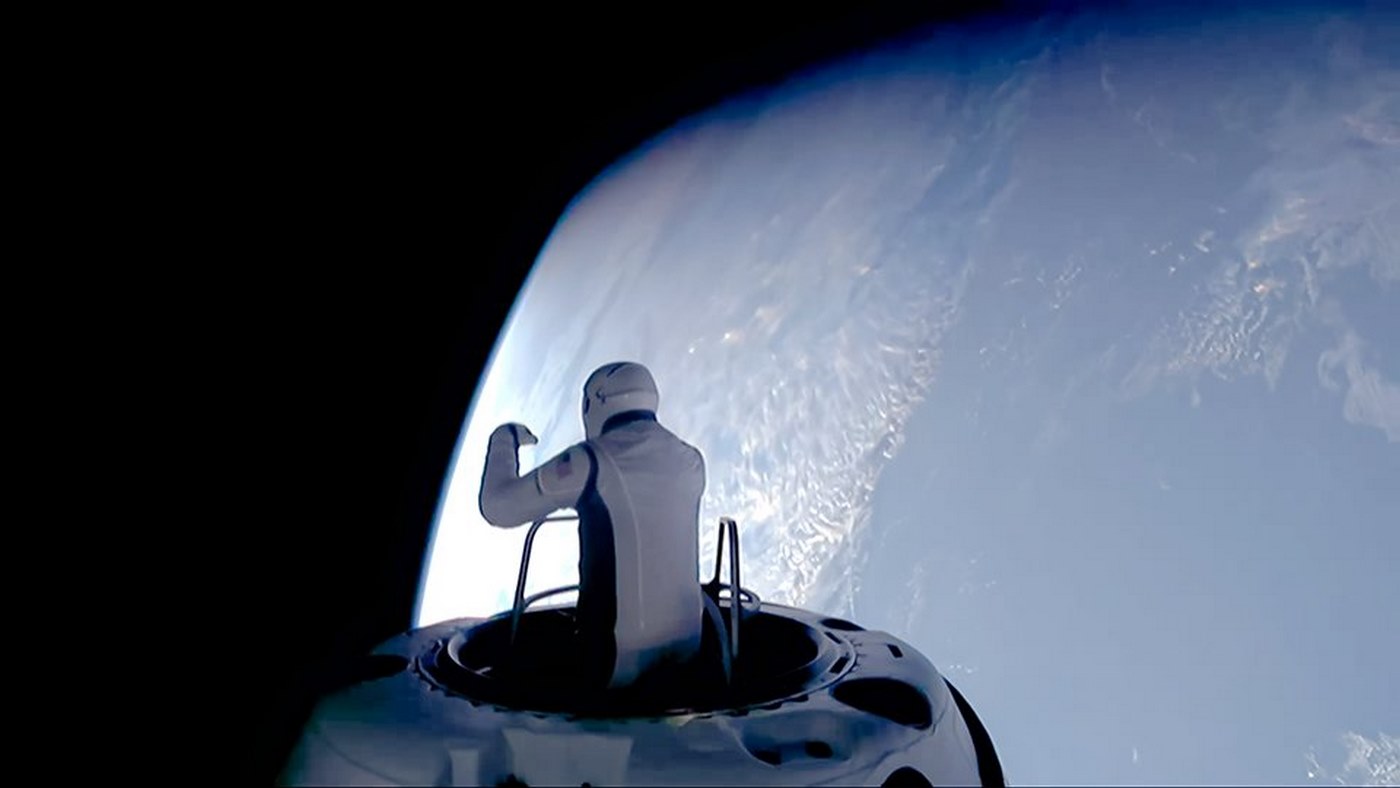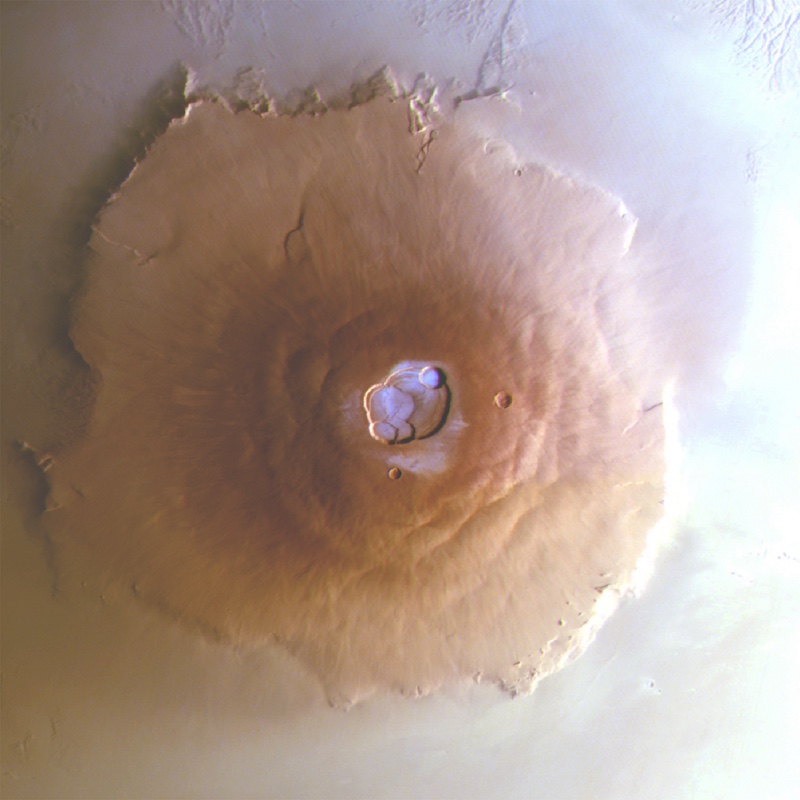MARS, February 20th, 2021. PICTURED: Half of a Panorama, taken by the Navigation Cameras, or Navcams, aboard NASA’s Perseverance Mars rover.
NASA’s Jet Propulsion Laboratory, California. February 18th, 2021. NASA and the world celebrated the fifth American rover to land on the surface of the Red Planet. Organized and carried out during the COVID-19 pandemic, it’s a major accomplishment for the Jet Propulsion Laboratory (JPL) that have organized past Mars missions like Curiosity.
The rover brings with it a host of research equipment meant to examine the surface for signs of ancient microbial life in an area of the planet where scientists believe they are most likely to be found. However other monitoring equipment like microphones and cameras have already sent back some exceptional media tastings of how immersive modern Mars exploration can be.
On Sunday, NASA released the first-ever audio recordings of Mars, and some days before that, the footage of it deploying its parachute during its descent to the planet.
“Now we finally have a front-row view to what we call ‘the seven minutes of terror’ while landing on Mars,” said Michael Watkins, director of the JPL. “From the explosive opening of the parachute to the landing rockets’ plume sending dust and debris flying at touchdown, it’s absolutely awe-inspiring”.
“For those who wonder how you land on Mars – or why it is so difficult – or how cool it would be to do so – you need look no further,” said acting NASA Administrator Steve Jurczyk, in a NASA statement. “Perseverance is just getting started, and already has provided some of the most iconic visuals in space exploration history. It reinforces the remarkable level of engineering and precision that is required to build and fly a vehicle to the Red Planet”.
What’s next for Perseverance?
Currently Perseverance is undergoing a long thorough check and troubleshooting of all components and systems, before it goes out in search of points to drill in and around the Jezero crater; what scientists believe used to be a river delta.
It hasn’t been totally idle though, and has actually been taking photographs — hundreds of them. Fortunately they’ve all been uploaded to the NASA RAW images folder on their website, and include pictures taken during every step of its journey.
As part of its instrument suite, the Ingenuity Mars Helicopter, a simple 4 kilogram construction of basic materials, will charge up using its solar panel to conduct the first aerial flight on Mars.
The helicopter sent its first status report from its current home attached to the undercarriage of the Perseverance rover; where it will remain for 30 of the 60 total days it will be in operation. All systems are currently working without issue, and it will slowly charge its six lithium-ion batteries for the next phase of the project — periodic bouts of sustained hovering.
If Ingenuity succeeds in taking off and hovering during its first flight, over 90% of the project’s goals will have been achieved. If the rotorcraft lands successfully and remains operable, up to four more flights could be attempted, each one building on the success of the last.
Ingenuity will have to survive the heart-freezing Martian nights, where temperatures dip as low as minus 130 degrees Fahrenheit (minus 90 degrees Celsius), in order to carry out each of these next four flights. The longer it can remain operable, the more information the scientists managing the rotorcraft can learn about how to build better ones in the future.
“We are in uncharted territory, but this team is used to that,” said MiMi Aung, project manager for the Ingenuity Mars Helicopter at JPL. “Just about every milestone from here through the end of our flight demonstration program will be a first, and each has to succeed for us to go on to the next. We’ll enjoy this good news for the moment, but then we have to get back to work”.




